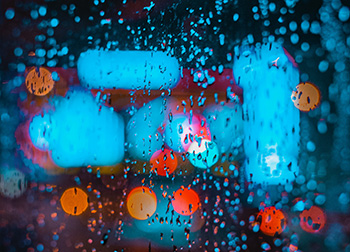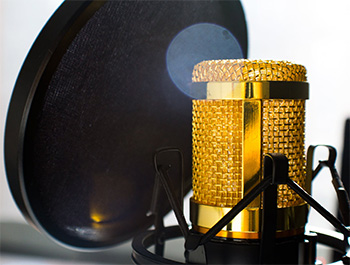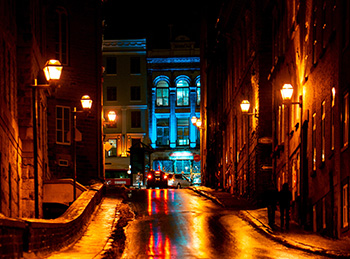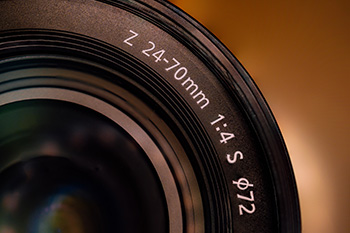… for Random Weirdness
Tip #443: Shooting Night-time Car Scenes
Keep shots tight and the background murky.


This article, written by Logan Baker, first appeared in PremiumBeat.com. This is an excerpt of a conversation with the Coen brothers.
Shooting night-time car scenes can be tricky when working with a micro-budget. Fortunately, there are a few key techniques that can help you pull it off without leaving the garage.
For dialogue between the two characters that takes place while driving a car at night, consider shooting in your garage. Keep your depth of field shallow — put the focus on the actors while having the background out of focus. By doing this, it allows you to keep a level of vagueness to what’s really going on behind-the-scenes.
To further mask the unwanted backdrop of your garage or driveway, have a friend point a hose towards the windshield to create “rain.”
Purchase some cheap individual accent lights from Home Depot and place them inside the car to eliminate the need to set up a complicated lighting rig around the exterior (a rig that might actually show reflections). Consider having a grip or production assistant sit in the back of the car, moving one of the small lights up and down on the actor’s side to give the appearance of streetlights passing by.












